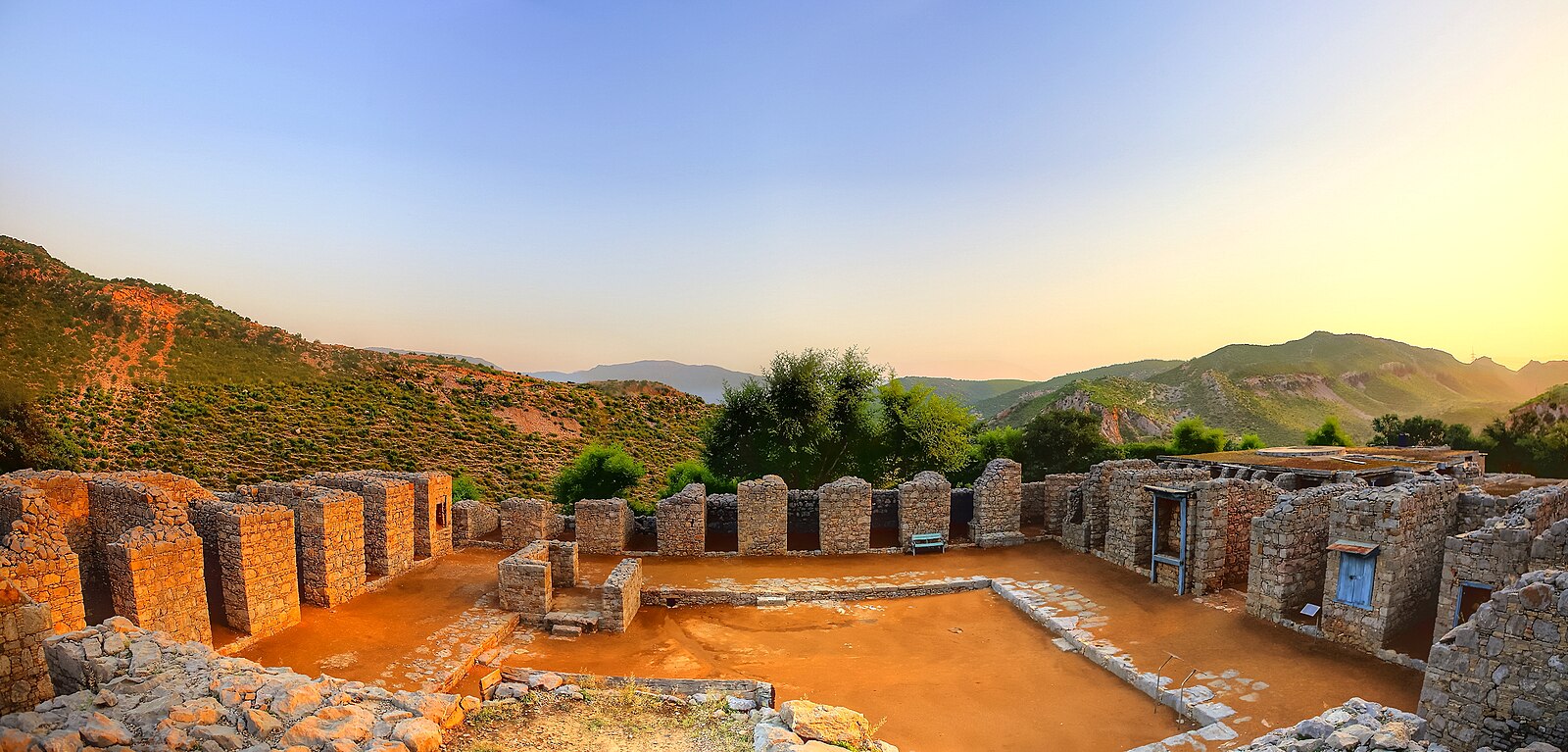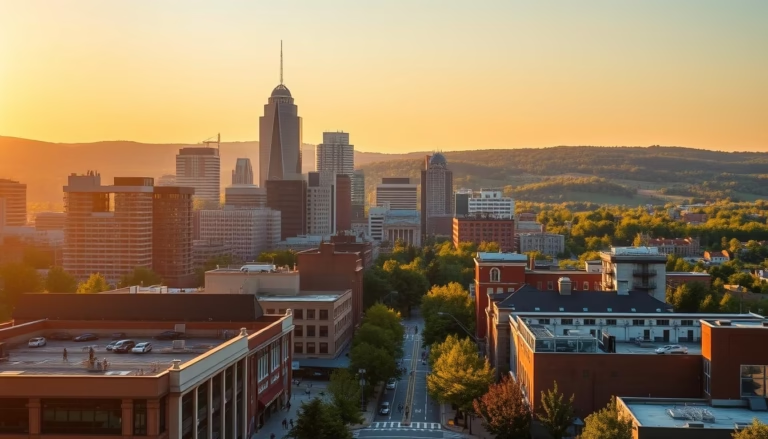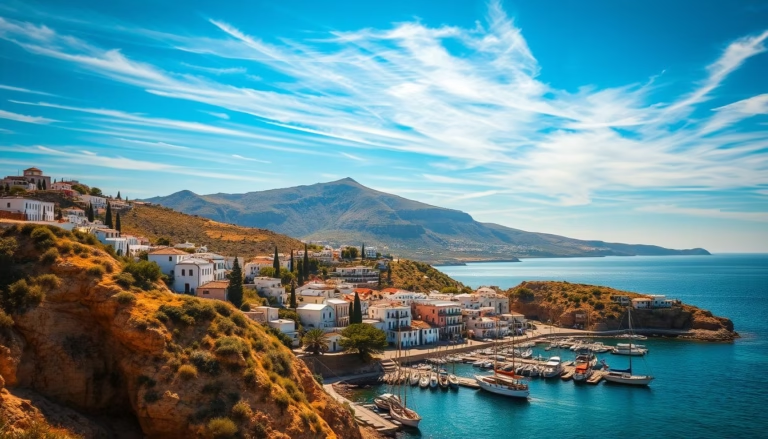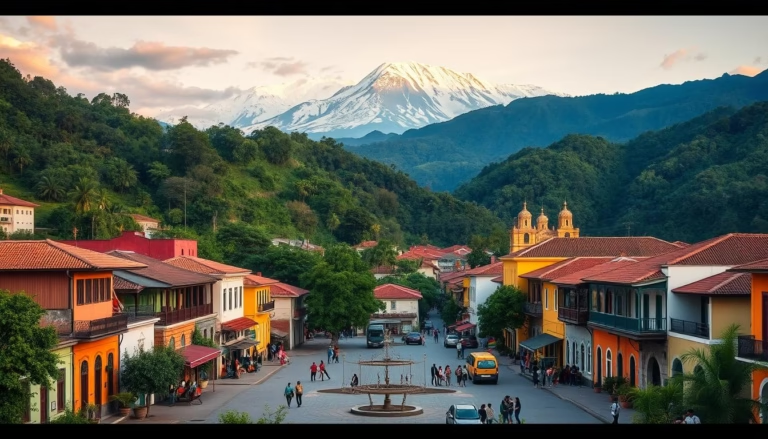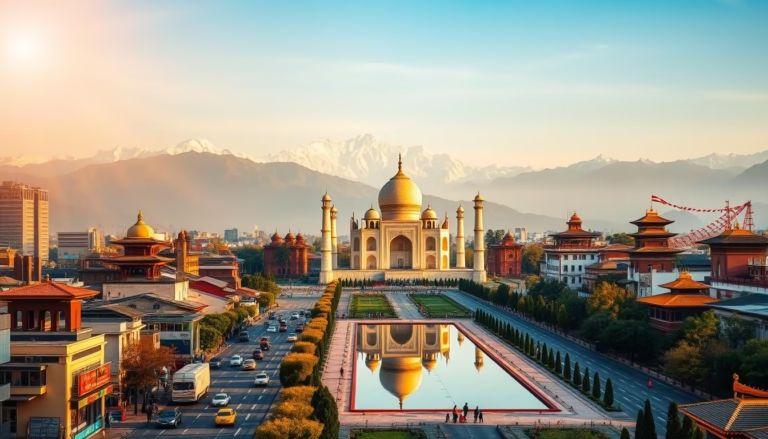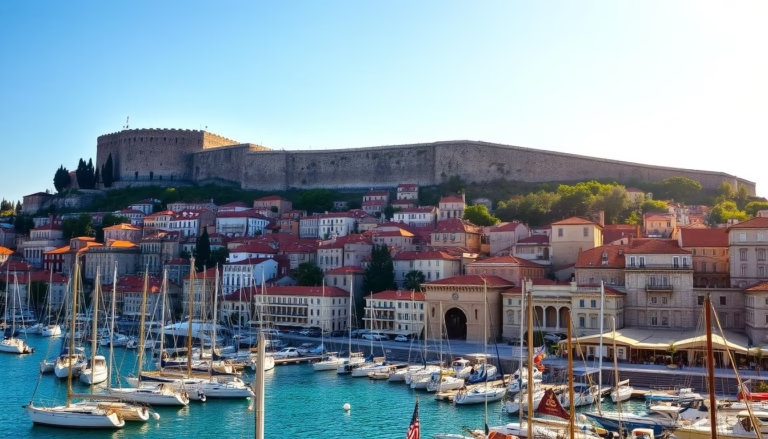12 Enigmatic Lost Cities That Time Forgot
Picture this: sprawling metropolises, brimming with life, culture, and stories, now wrapped in the tendrils of time, lying hidden beneath nature’s embrace. These cities, once vibrant centers of humanity, now whisper their secrets only to the wind. Join us as we embark on an evocative journey through **12 extraordinary lost cities**, unearthing the stories of their rise, their glory, and their poignant declines.
Table of Contents
- Persepolis: The Shimmering Capital of an Empire
- Ciudad Perdida: The Heart of the Tairona Civilization
- Machu Picchu: The Lost City of the Incas
- Pompeii: A Moment Frozen in Time
- Tikal: The Great Mayan Metropolis
- Angkor: The Jewel of the Khmer Empire
- Carthage: Ancient Powerhouse on the Mediterranean
- Hattusa: The Forgotten Hittite Capital
- Taxila: A Blend of Cultures and Civilizations
- Sukhothai: The Cradle of Thai Civilization
- Timgad: The Roman City Lost in the Sands
- Mohenjo-daro: The Indus Valley Civilization’s Pride
Persepolis: The Shimmering Capital of an Empire
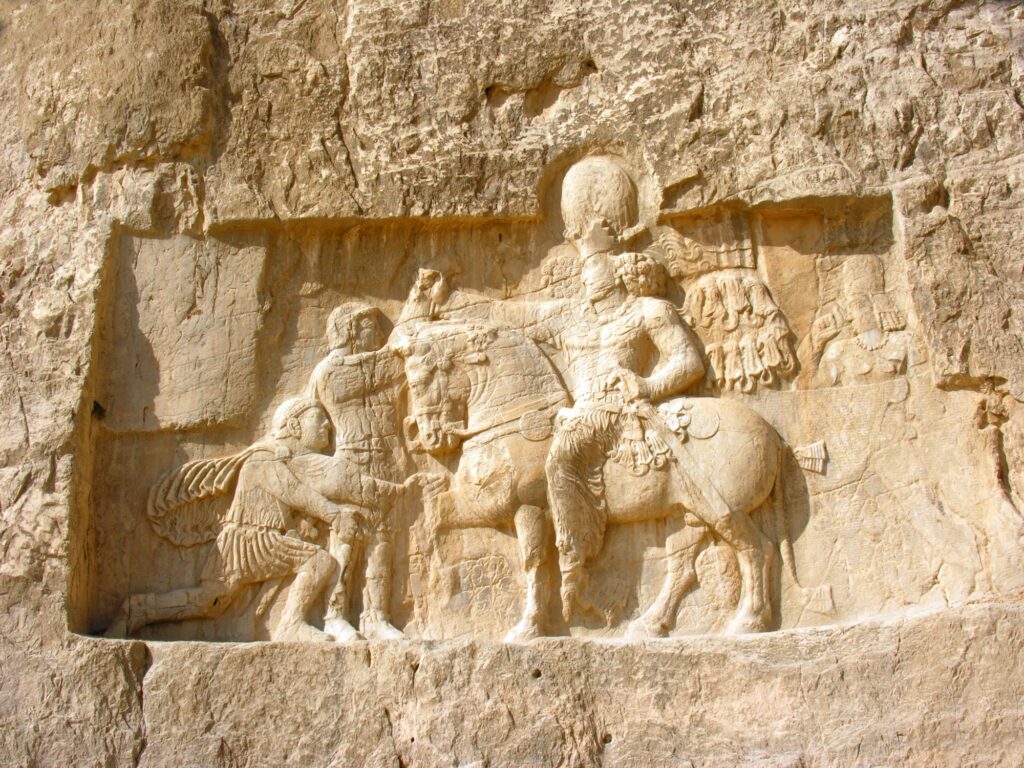
Once the magnificent ceremonial heart of the Persian Empire, Persepolis radiated splendor in the valley of Marvdasht in present-day Iran. Founded by Darius the Great in 518 BC, it was a city adorned with exquisite art and monumental architecture.
The grand structures, such as the stunning Apadana, stood as testaments to the power and sophistication of ancient Persia. However, in 331 BC, during the conquest led by Alexander the Great, this vibrant city was set ablaze, marking the end of an era. Today, Persepolis remains a hauntingly beautiful relic, whispering tales of its former glory to adventurous souls who wander through its ruins.
Ciudad Perdida: The Heart of the Tairona Civilization
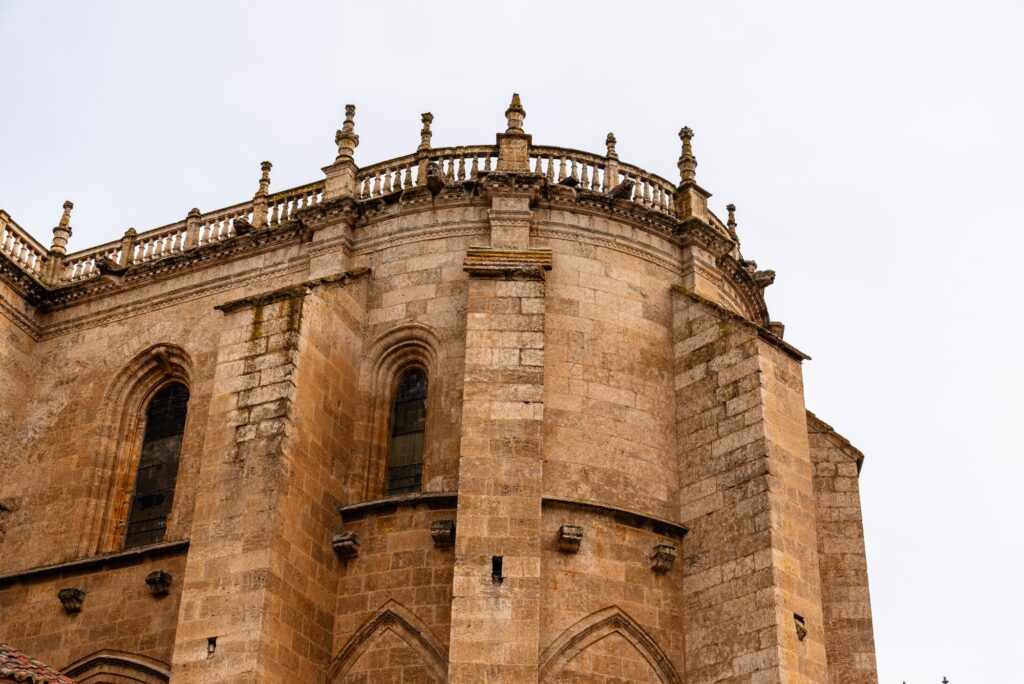
Tucked away in the lush Sierra Nevada of Colombia, Ciudad Perdida, or the “Lost City,” beckons explorers with its ancestral allure. Believed to have been established around 800 AD by the Tairona civilization, this site flourished with terraces and intricate pathways.
Adventurers trek through dense jungles to discover the remnants of Teyuna, where circular plazas and beautiful stone structures offer a glimpse into a past vibrant with culture and community. The echoes of the Tairona people still resonate, having abandoned their city during the tumult of the Spanish conquest.
Machu Picchu: The Lost City of the Incas
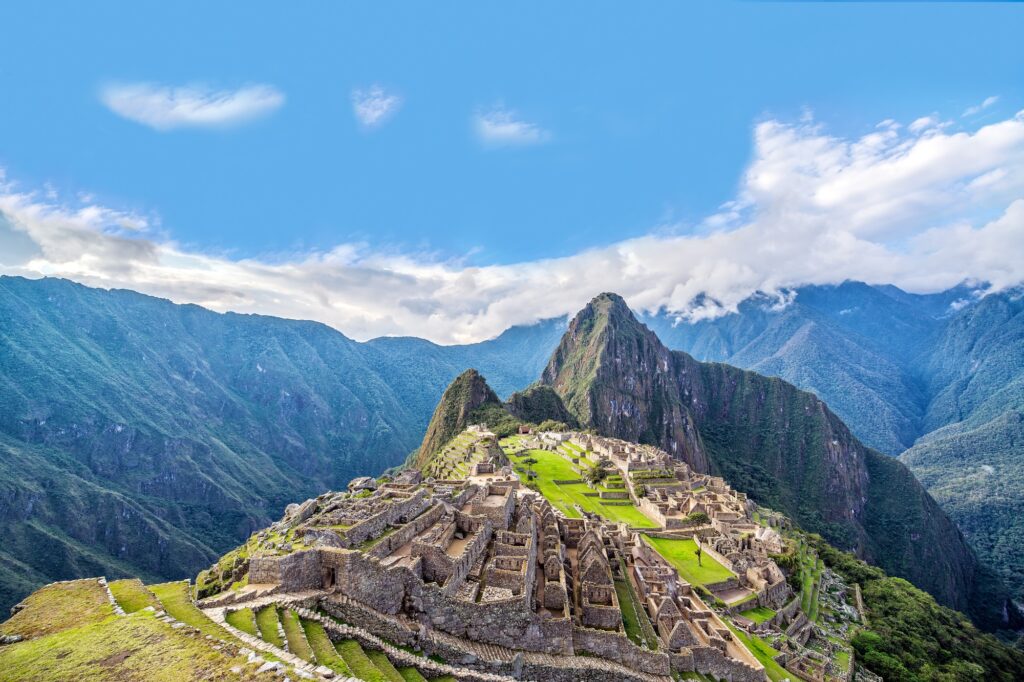
Perched high in the Andean mountains, Machu Picchu is the iconic jewel of the Inca Empire, often shrouded in mist and mystery. Rediscovered in 1911 by American historian Hiram Bingham, this 15th-century citadel offers spectacular views and intriguing architecture.
Every stone of Machu Picchu carries the weight of history. Imagine the Incas bustling amongst their agricultural terraces and religious shrines, until the city fell into oblivion, hidden from the world until its recent resurgence as a global tourist destination. This marvel of engineering and artistry invites travelers to connect with the ancient world while standing amidst breathtaking landscapes.
Pompeii: A Moment Frozen in Time
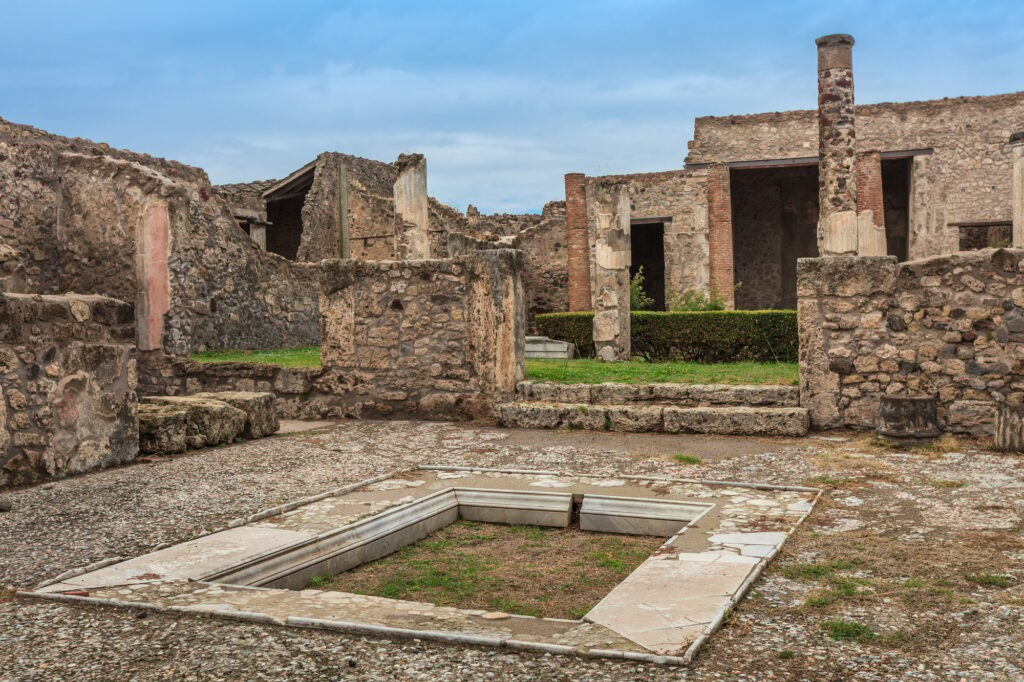
On that fateful day of August 24, 79 AD, the eruption of Mount Vesuvius buried the vibrant city of Pompeii beneath layers of ash, petrifying its existence for centuries. Rediscovered in the 18th century, Pompeii offers a poignant snapshot of Roman life frozen in time.
Walking through its streets, one can almost hear the laughter and see the daily routines of its citizens. From beautifully frescoed villas to bustling marketplaces, the preserved ruins unveil a civilization’s rise and tragic fall, captivating the imaginations of countless visitors who tread cautiously through its ancient avenues.
Tikal: The Great Mayan Metropolis
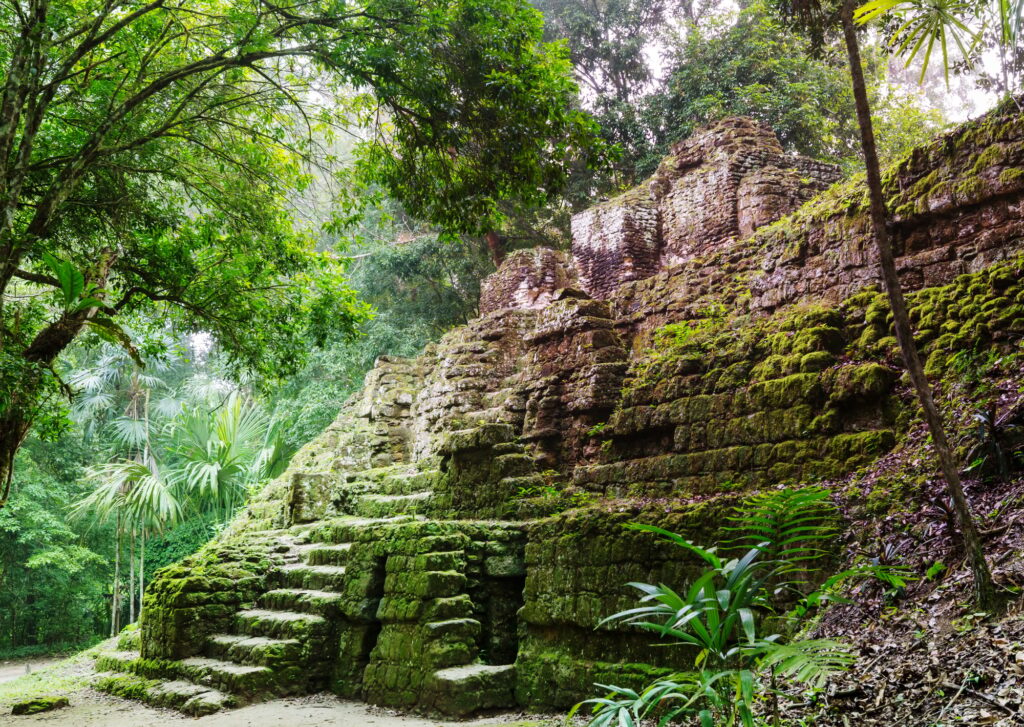
In the heart of the Guatemalan rainforest lies Tikal, one of the largest and most monumental cities of the ancient Mayan civilization. Flourishing between 200 and 900 AD, Tikal was a powerhouse of cultural and political influence.
As you explore its towering pyramids, intricately carved stelae, and sprawling plazas, you can sense the life that once thrived here. The remains tell a story of sophistication and eventual decline, as the vibrant city succumbed to devastating deforestation and environmental challenges, marking a poignant chapter in history.
Angkor: The Jewel of the Khmer Empire
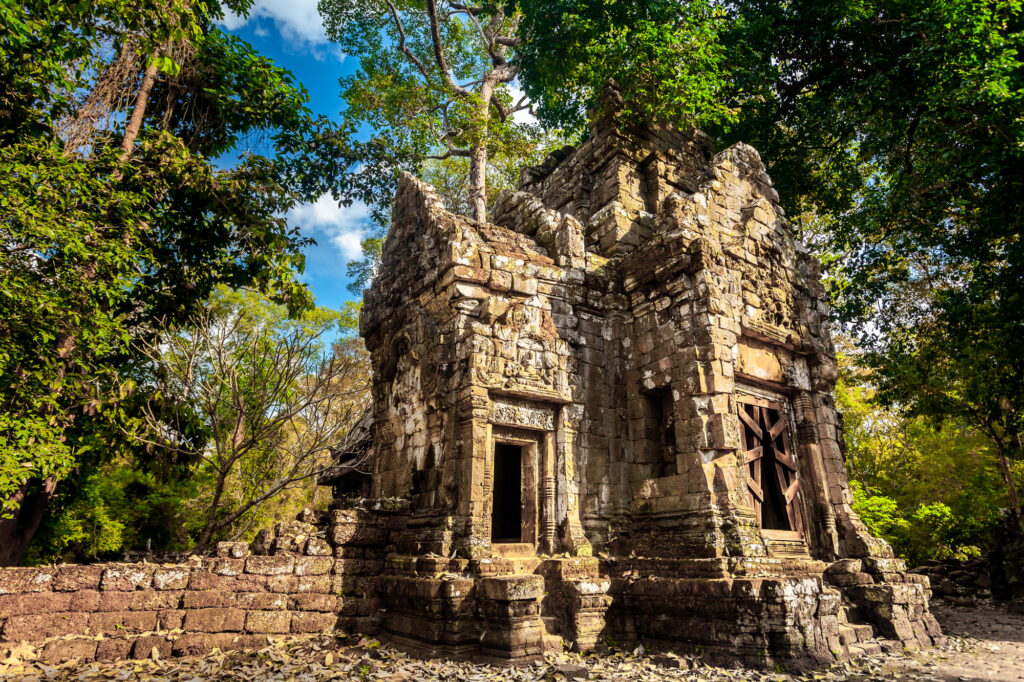
In the lush jungles of Cambodia, the ruins of Angkor stand as monumental testaments to a once-thriving civilization. This sprawling temple complex, filled with breathtaking sites like Angkor Wat and the Bayon temple, was the heart of the Khmer Empire from the 9th to the 15th centuries.
The intricate stone carvings narrate stories of gods, kings, and battles, inviting visitors to ponder the spiritual and cultural essence that permeated this ancient city. Gradually abandoned around the 15th century, Angkor’s rediscovery has transformed it into a symbol of resilience and majesty, captivating wanderers from around the globe.
Carthage: Ancient Powerhouse on the Mediterranean
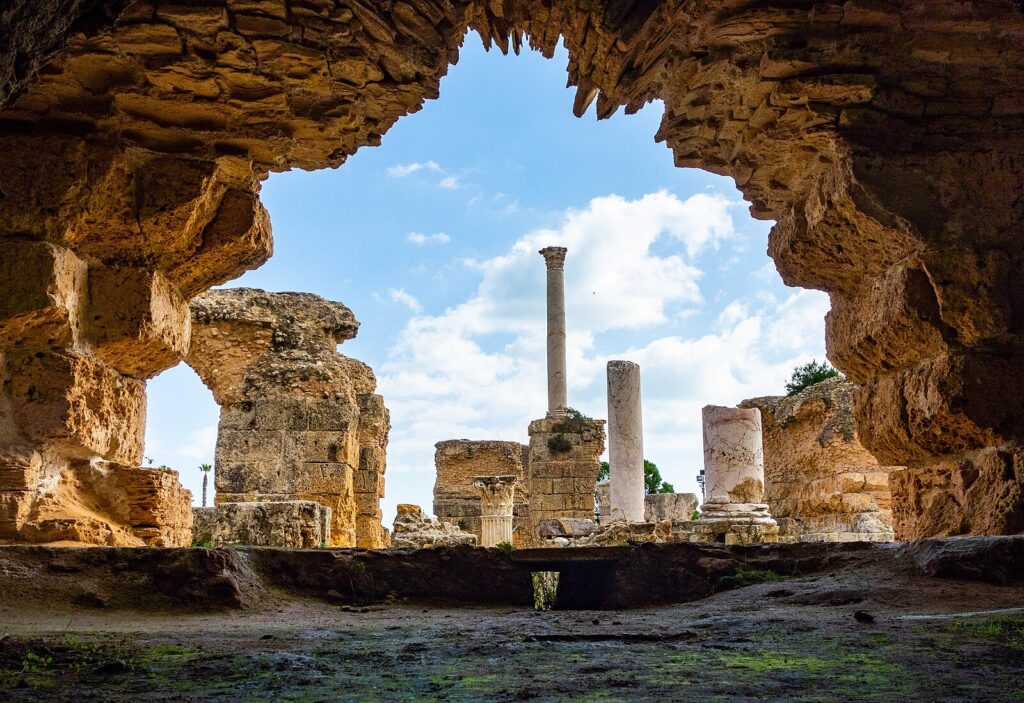
In present-day Tunisia, the ruins of Carthage tell a turbulent story of rivalry and resilience. Founded by Phoenician colonists, Carthage rose to prominence in the Mediterranean, thriving through trade until its brutal destruction by the Romans in 146 BC.
Reestablished by Rome, Carthage flourished again, only to face decline during the Islamic conquest in 698 AD. Walking through its remnants today, you can almost feel the echoes of its storied past, etched into the very stones that once cradled a civilization’s ambitions.
Hattusa: The Forgotten Hittite Capital
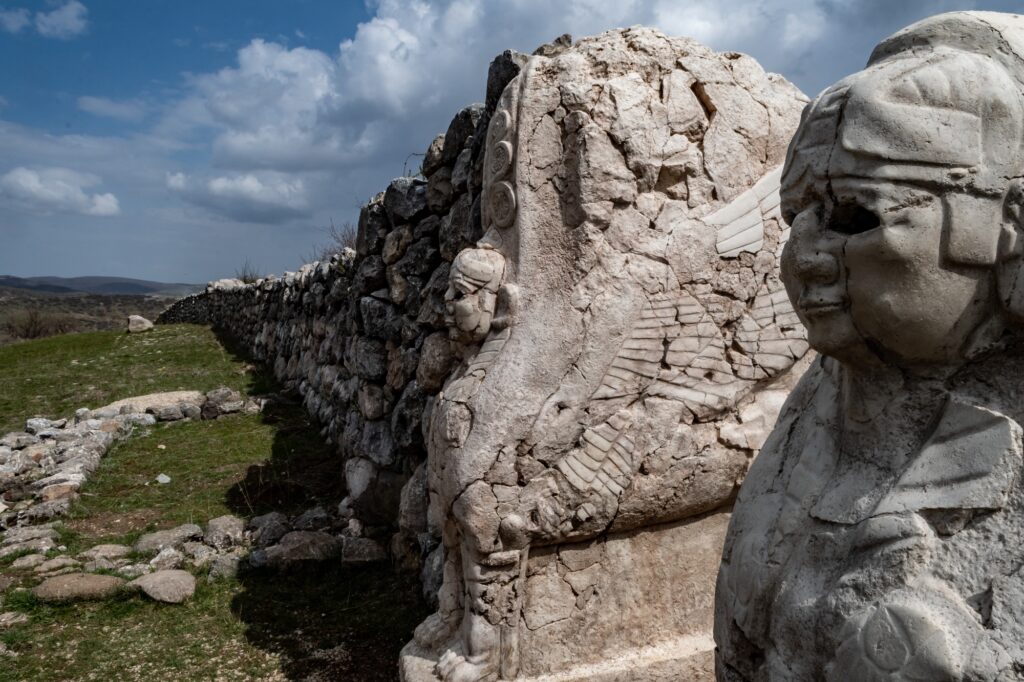
Once a bustling center of the Hittite Empire, Hattusa was the heart of an ancient civilization that thrived around the 17th century BC in present-day Turkey. Embraced by majestic stone walls, Hattusa was a city of power and intrigue, swirling with myths and legends.
The city’s dramatic decline sparked by the Bronze Age collapse remains a mystery, leaving behind only the ruins of palaces, temples, and a treasure trove of clay tablets that whisper stories of laws and literature from an age long past. Rediscovered in the 20th century, Hattusa stands as a crucial piece of the puzzle in understanding ancient history.
Taxila: A Blend of Cultures and Civilizations
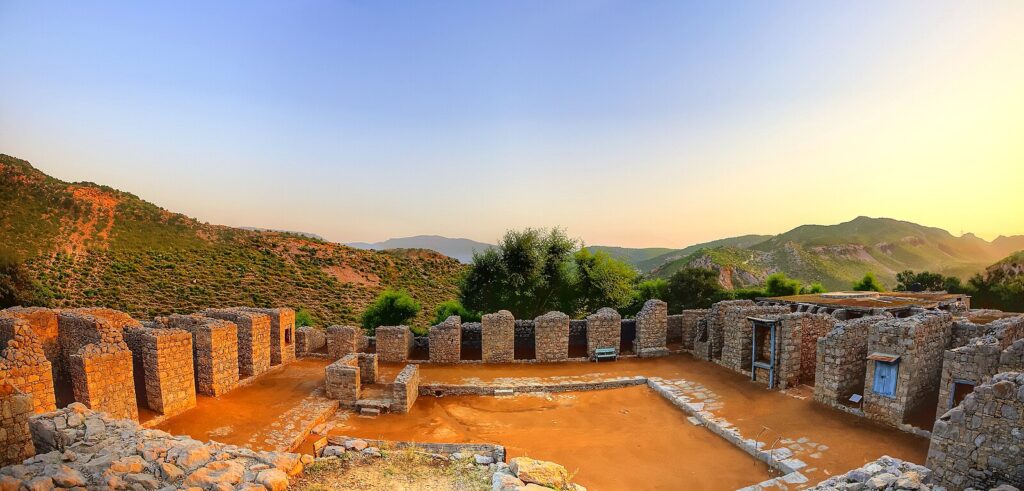
Nestled in the foothills of the Margalla Hills in Pakistan, Taxila flourished as a hub of learning and culture from the 5th century BC through the 1st century AD. Home to diverse civilizations, its strategic location along trade routes imbued it with a rich tapestry of cultural influences.
Once a prominent center for Buddhism, the ruins of Taxila include stupas and monasteries that speak to its spiritual heritage. The echoes of the city’s glorious past can be felt in the air, as ancient scholars and travelers once roamed its grounds seeking knowledge and enlightenment.
Sukhothai: The Cradle of Thai Civilization
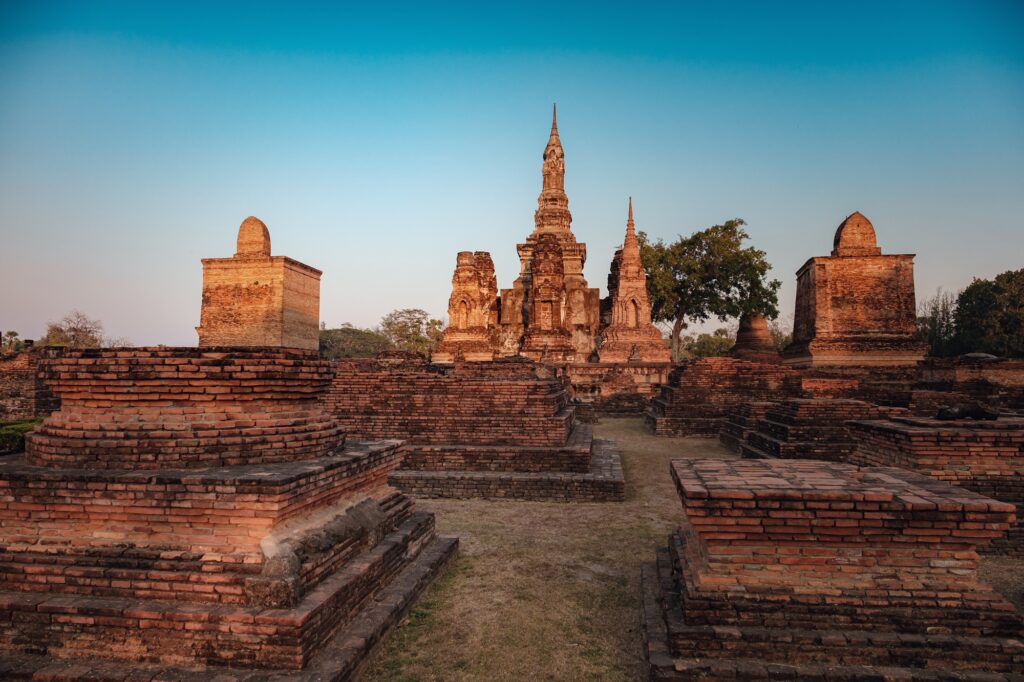
Sukhothai, often considered the birthplace of Thai civilization, is entwined with the essence of a kingdom that thrived in the 13th century. Located in present-day Thailand, the city was the capital of the first independent Thai state and is renowned for its impressive temples and art.
You can feel the echoes of its past as you wander through the vast historical park, dotted with lotus ponds and ancient ruins that paint a vivid picture of the grandeur once held. Sukhothai’s story of resilience and beauty reflects a civilization’s journey through challenges and triumphs.
Timgad: The Roman City Lost in the Sands
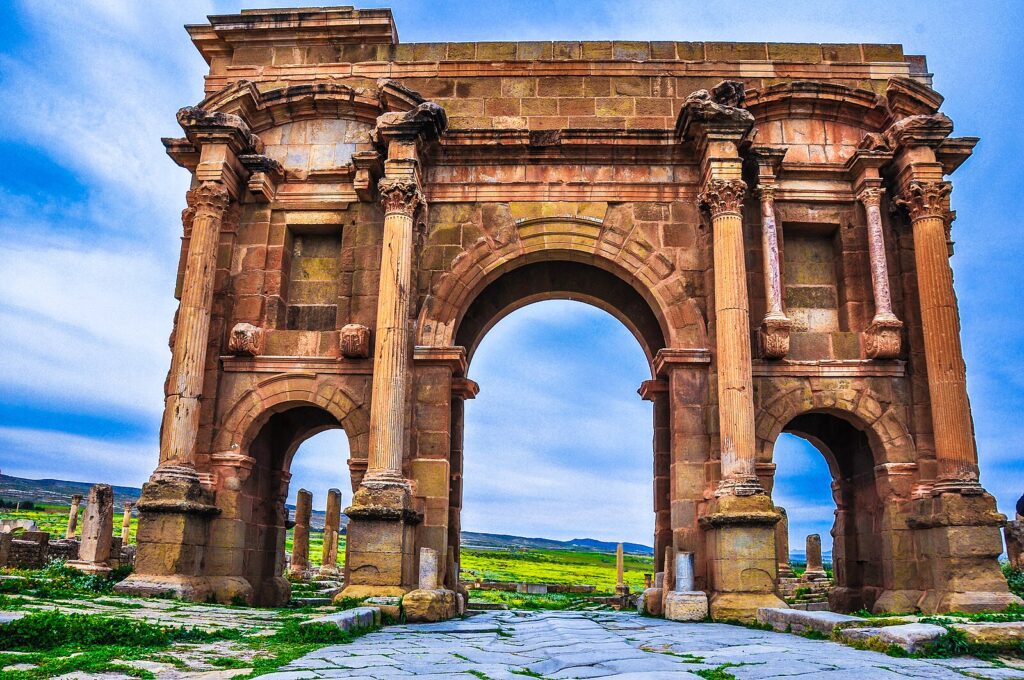
Lost in the vastness of Algeria, Timgad emerges as a former Roman colonial town, designed in 100 AD under Emperor Trajan. Its grid layout and stunning ruins tell tales of a bustling community that thrived in a tumultuous era.
Once vibrant, Timgad fell into obscurity after being sacked in the 5th century. Rediscovered in 1881, its well-preserved structures invite exploration, offering a striking look at the ingenuity of Roman engineering and architecture.
Mohenjo-Daro: The Indus Valley Civilization’s Pride


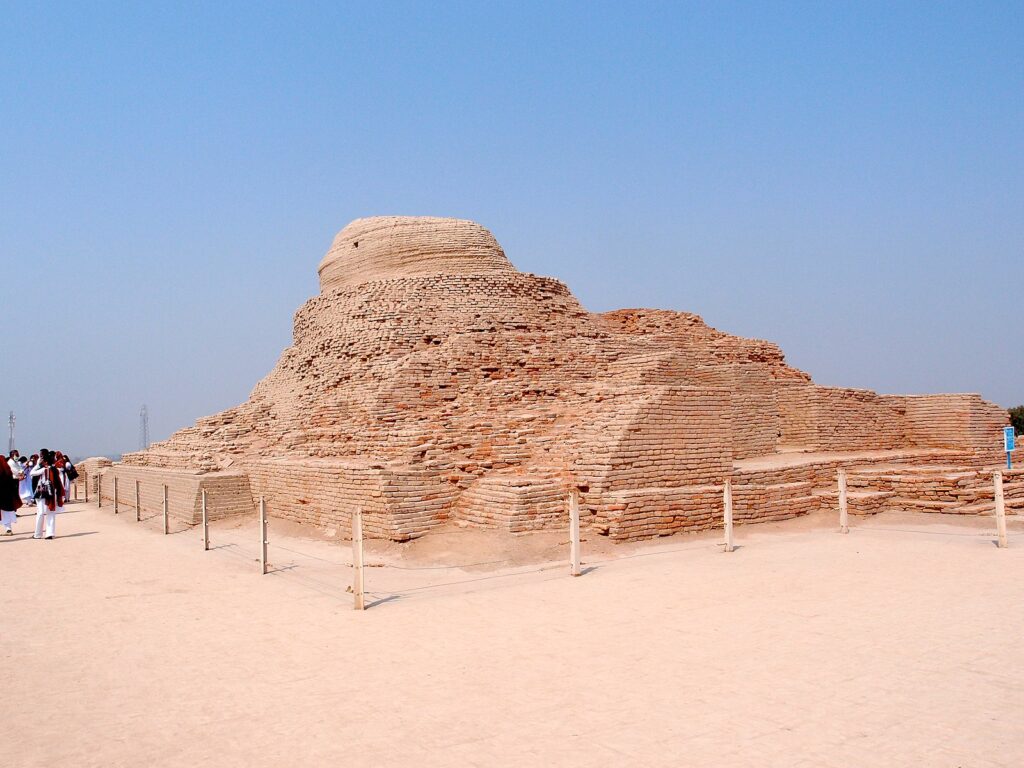
Step back thousands of years to the cradle of civilization at Mohenjo-Daro, a marvel of urban planning built around 2600 BC in what is now Pakistan. Once a flourishing metropolis, its meticulously planned streets and advanced drainage systems speak volumes about its sophisticated society.
Despite its splendor, this great city mysteriously disappeared around 1700 BC, leaving behind a legacy of ingenuity and artistry. Rediscovered in the 1920s, Mohenjo-daro continues to captivate researchers and travelers alike, unraveling the stories of an enigmatic civilization.
